Old
#5, The Camel
In the early
Spring of 1855 Allegheny Valley Rwy President William F Johnston
visited Baltimore in search of additional investors. While there he
witnessed the raw power of the B&O's 0-8-0 Camel locomotives
in action. Intrigued, he found it advisable to visit the locomotive
builder, Ross Winans, at his shop at Mount Clare.He found Mr Winans to be more than a bit cantankerous. At first Winans was reluctant to build a locomotive in the odd gauge of the AV. But Mr. Johnston was persistent, and in the end an order for 4 of the Camel type locomotives was placed.
Upon delivery of the first two, in December, Mr Johnston was not happy to find Winans had built the little locomotives as 0-6-0s to allow for the smaller gauge and sharper curves found on the AV. When he wrote to Winans, he was even less amused with the customer relations, finding as others had before, Winans built engines his way, and you bought them, period. Perhaps not unsurprisingly, Winans simply cancelled the order for two the remaining locos in response.
Road trials of the two locomotives, however, proved them to be every bit what Winans had promised - with each being able to haul nearly twice the tonnage of any other locomotive on the line. President Johnston belatedly apologized, but Winans would not budge on the cancelled order.
The Camels dubbed Ajax and Hercules, were placed in construction train service, helping build the line. Then later they were kept quite busy hauling coal and oil trains, and would continue proving their worth daily until the first of the 5 sisters arrived in 1882. With the arrival of the larger, more modern Consolidations, the little Camels would be relegated to yard and pusher service.
In 1892 Hercules, now bearing #4, was badly damaged in the flooding at Oil City. She was towed to Phillipston to be evaluated for rebuild, but due to her age and the financial troubles brought on by the panic of 1893, she would never run again. Ajax, now #5, would soldier on alone for 2 more years before being sold to a mining company in Mexico. There she would eventually meet her fate, striking a rockslide and tumbling down a mountainside in March of 1910.

I initially had started to go a much different direction, but while I was digging up some info on the Hayes Camel at the B&O Museum for a fellow builder in England, the urge for a Camel of my own became too much to resist! A week's worth of work on the other locomotive was torn out in an afternoon, and construction on Camel #5 was begun.
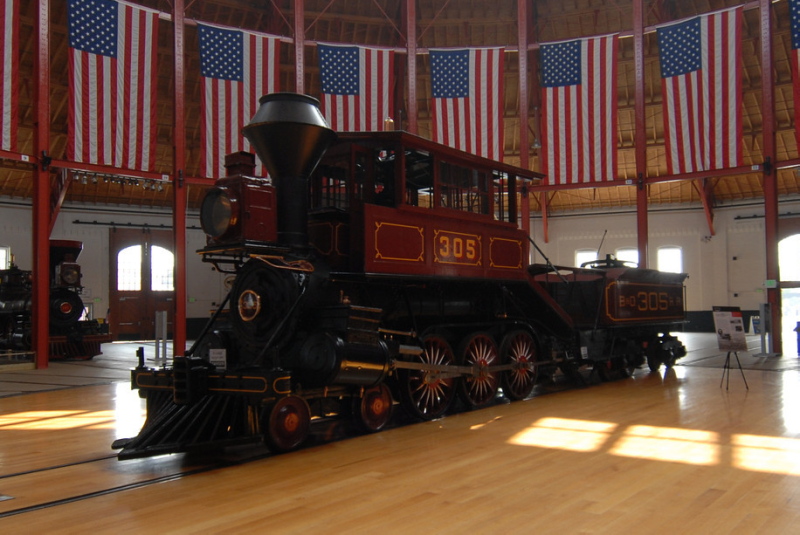
The Hayes design was an 1853 adaptation of an 1848 0-8-0 designed by Ross Winans. Winans did not believe in leading or trailing trucks. The Camels were so named because the engineer sat atop the boiler "like riding a camel", for increased visibility in an era before signals. The Winans Camels were the most powerful locomotives of the era, and were used for freight service. While the Hayes Camels were primarily used on passenger trains.
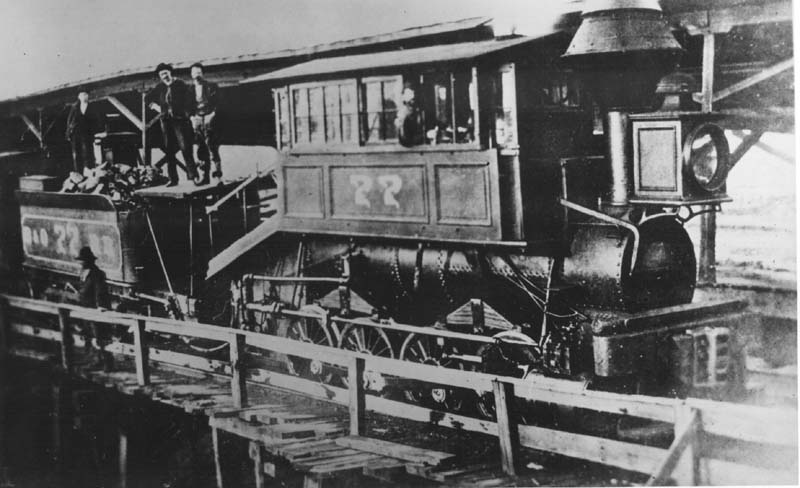
Since I had the 0-6-0 chassis on the workbench my choice was a Hayes, or an incorrect wheel arrangement Winans. Actually, the choice of a Winans was an easy one, as I already have two early passenger engines. The unusual boiler would be made from a section of PVC pipe, and a medicine bottle.
The cab was built up from wood and styrene. The short Lionel 0-6-0 chassis would mean many other compromises had to be made, including moving the rear sandbox inside the cab,
I also found a picture of a Camel with the headlight offset, and just had to steal the idea.
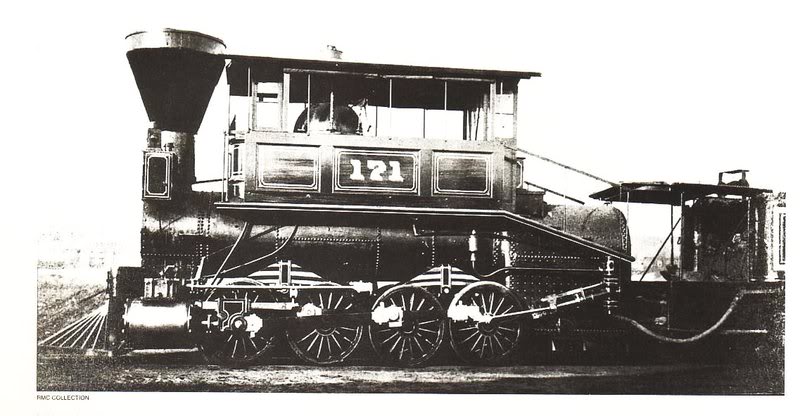
I couldn't find a photo or decent drawing of the controls for a Winans, so I based mine on the Hayes
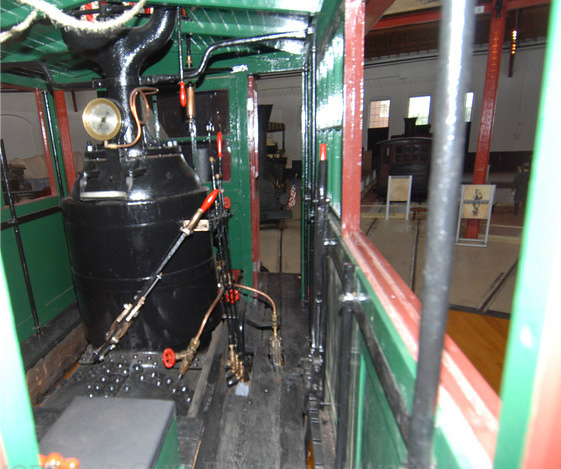
Since injectors weren't invented until 1858, this locomotive needed pumps. These were built from dowel and plastic pearls.
For simplicity's sake, I mounted them driving from the valve rod, in the same position as the first Camels
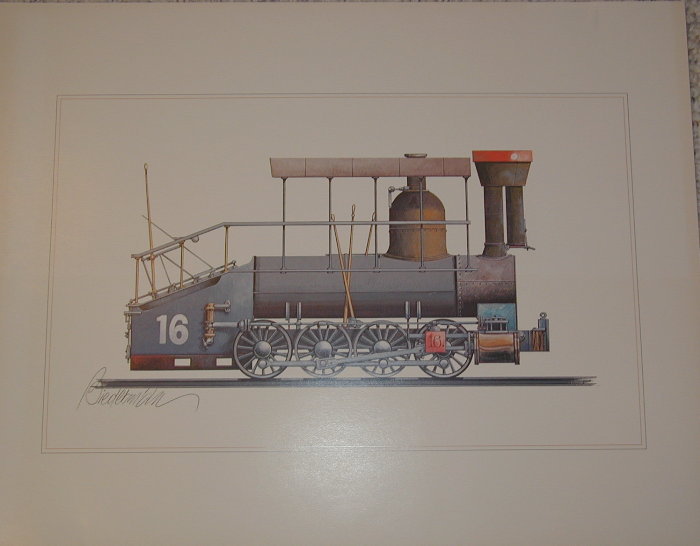
I chose a simple 1880-ish style paint scheme, as I really wasn't up to painting gold arabesques.
The tender is a shortened Delton shell on a modified Bachmann frame
....into which I installed a R/C set-up from a broken 1/12 scale EZ-Tech (Scientific) pickup truck. It was a tight squeeze but everything fit.
Three weeks of off and on work, and it's nearly done! The fireman's canopy is a section of New Bright boxcat roof held up with brass wire.
As per the prototype the whistle is flanked on both sides by safety valves. These are later style pops, early ones would have had a long lever and a down rod with a spring- similar in appearance to those on a LGB Stainz. Perhaps I'll change one or both out someday, but for now they will do.
That's where it stands for now, I will update this page when the project is finished...